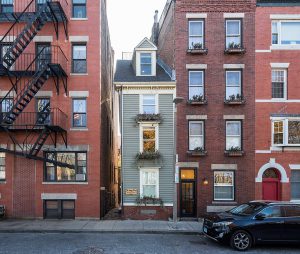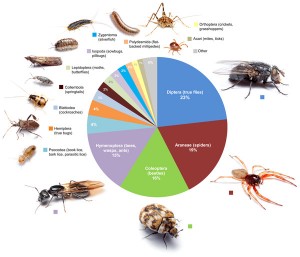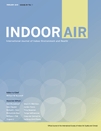(h/t to Rich Corsi and Paula Olsiewski for sharing this article on Twitter) I have to admit, while this article falls squarely within our remit of the Microbiology of the Built Environment, it seems a little bit in the obvious category. This is a preprint looking at data from hundreds of SARS-CoV-2 outbreaks in China …
Mark Mendell gives a talk about the adverse and beneficial effects of the indoor microbiome – current implications for health or design? This was recorded at the MoBE 2017 symposium in Washington D.C. If you’re interested, check out all of the other speakers from MoBE 2017 on our YouTube channel!
A paper from Bertone et al studies indoor arthropod diversity in urban and suburban homes. They surveyed all the arthropods they could find in 50 homes in North Carolina, finding 24-128 distinct arthropod families per home! These critters were filtering in from the outdoor surroundings of the home, and most of them were benign to humans. They also found …
Here are the papers on the built environment microbiology that I found in the past weeks. For more microbiology papers, please check out my daily blog MicrobiomeDigest. Copper surfaces are associated with significantly lower concentrations of bacteria on selected surfaces within a pediatric intensive care unit – Michael G. Schmidt – American Journal of Infection …
A really interesting study from Rogawansamy et al explores the effectiveness of various anti-fungals on two common household fungal contaminants. They used a classic inhibitory disk assay, commonly used to test antibiotic efficacy and resistance. They tested Cavicide, Virkon, 70% ethanol, vinegar, and tea tree oil and found that the tea tree oil was most effective on both …
Now for something lighter. The website Science Daily reported on a study at Clarkson University in Potsdam, New York, to look at mold in houses reported to be haunted. The news announcement reports, “By comparing these samples to samples from places with no reported hauntings, the researchers hope to identify factors unique to the haunted …
Whenever I got sick as a young child, my mom insisted upon opening my windows in the mornings to let fresh air in. She claimed it would help me get better if we let clean air in to flush out the dirty air. To me, it was a nuisance. I had the chills and resented …
This is just a quick post to introduce some early work products resulting from a really exciting project my team has been working on: the Open Source Building Science Sensors (OSBSS) Project (funded by the Sloan Foundation). The goal of OSBSS is to to design and develop a network of inexpensive, open source devices based on …
A just-published article by Desroches et al, “Extrolites of Wallemia sebi, a very common fungus in the built environment,”in the journal Indoor Air describes a previously unidentified metabolite of Wallemia sebi , a very common fungus in houses worldwide, although relatively more common in north temperate climates. The authors (including David Miller) write that it …
New paper out from the microbiology of the built environment community: MIxS-BE: a MIxS extension defining a minimum information standard for sequence data from the built environment. The joint first authors are Elizabeth Glass and Yekaterina Dribinsky. And the senior author is Lynn Schriml. The paper is simple but I think very important – it describes …




